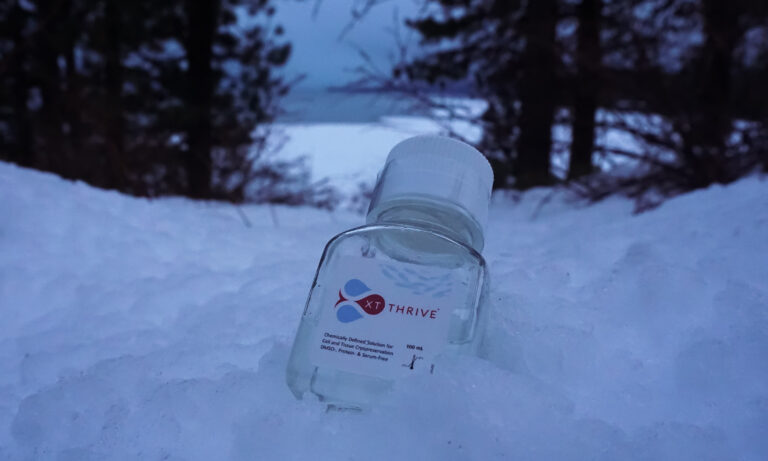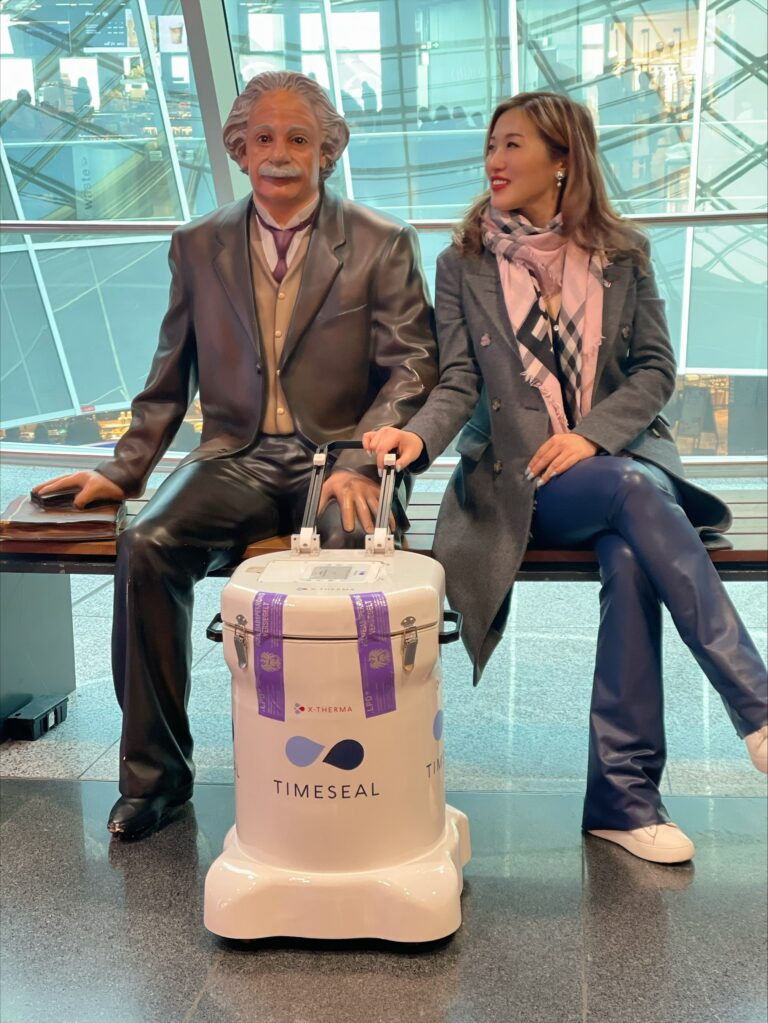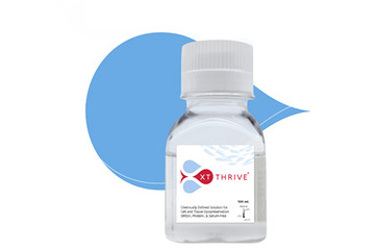In the eight years since launching X-Therma, we’ve achieved chemistry breakthroughs that we believe will truly propel the field of organ transplant to a new era. But learning hasn’t taken place solely in the lab; for me, the last eight years have been an education in entrepreneurship.
It is the entrepreneurial struggle, this journey that scientists-turned-business owners must undertake. For many science and tech innovators, success or failure in entrepreneurship makes the difference between whether their ideas, however brilliant, end up changing the world or frozen forever as promising concepts in academic articles. The struggle is not something you learn in a PhD program.
I’ve been a scientist, or a would-be one, all my life. As a kid I loved paleontology and dragged a dinosaur book everywhere I went; I also read about driverless cars and imagined futuristic worlds. I came from a small-town and it never entered my head that I could own a business even though I had 4 jobs in one summer — let alone start one that could help revolutionize an entire medical field.
Profound opportunity put me on my path. One was that, after taking all science classes available, I discovered my abiding love for chemistry. Another was meeting Xiaoxi Wei in grad school at the State University of New York-Buffalo. Her brilliance in biotechnology and medicinal chemistry and her singular passion for improving the process of preserving organs for transplantation led directly to X-Therma and our quest to develop new molecules.
I’ve never stopped wanting to learn and learn quickly. I know now how critical those skills are for a scientist who wants to be an entrepreneur. As you’re continuing your labors in the lab and seeking investors and managing growth, you have to learn on the fly. A lot of people who are immensely talented in their academic fields don’t give enough credence to this essential business fact: Learn fast or die fast. And I mean FAST.







